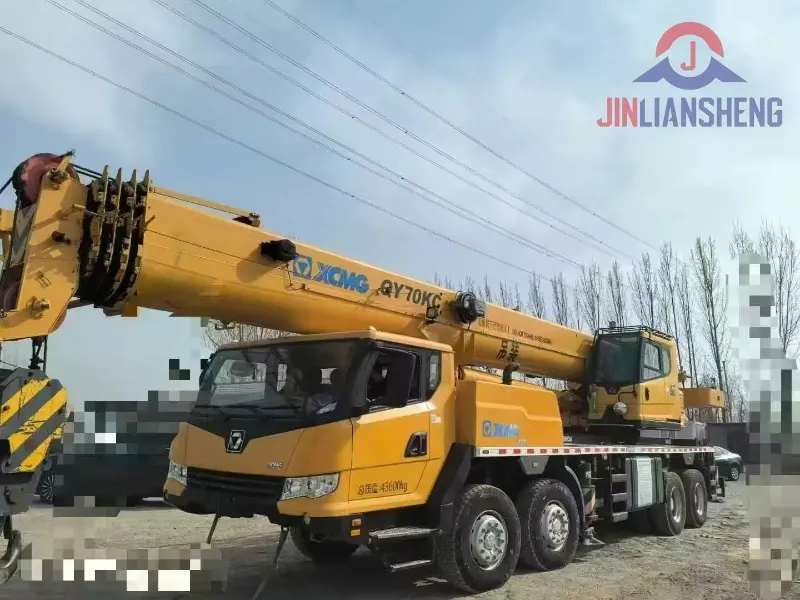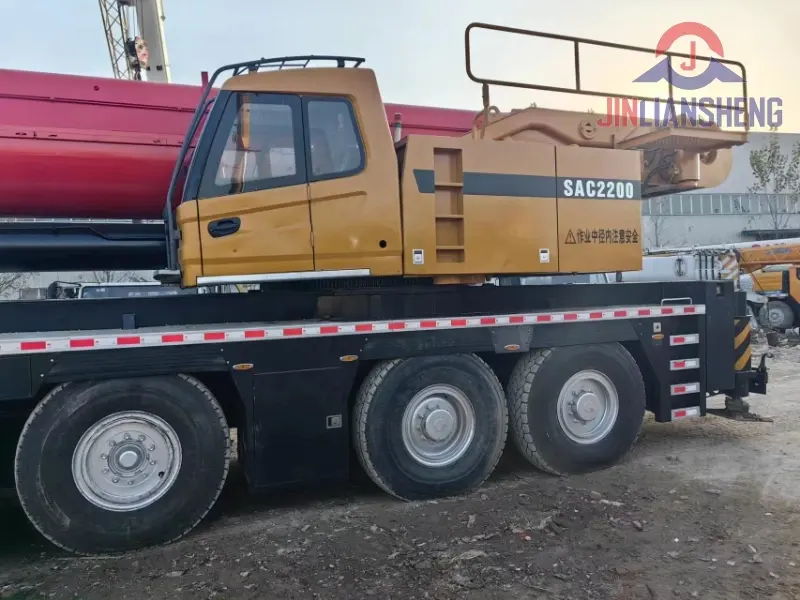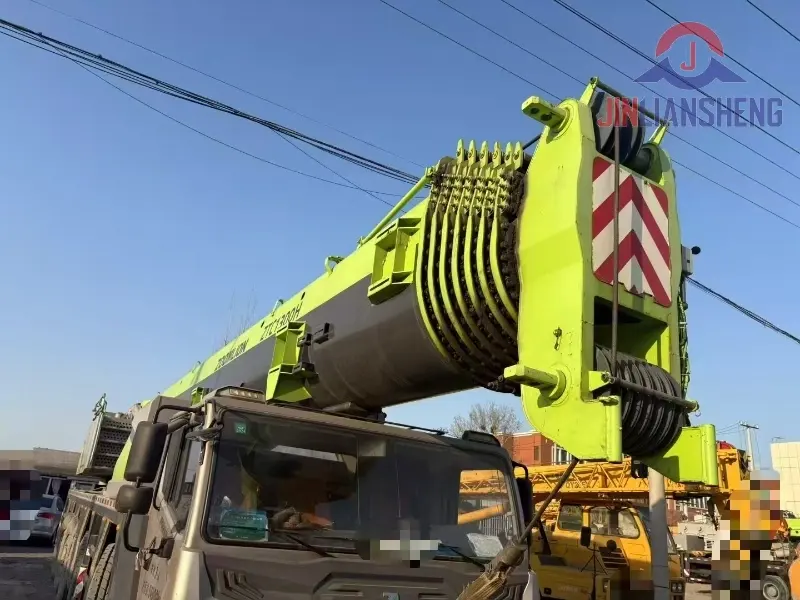How to choose the right second-hand crane: the key to improving work efficiency
Release time: 2025-05-27
In modern industries such as construction, logistics, and ports, cranes play a critical role as essential equipment. Especially for companies with limited budgets but needing efficient operations, choosing a high-performance and cost-effective used crane not only saves on equipment procurement costs but also ensures the smooth progress of projects. This article will explore the various aspects to consider when selecting a used crane, helping you make a more informed decision.

1. Identify the use requirements
Lifting capacity: Choose the appropriate lifting capacity according to the load requirements of the work site. Make sure the selected used mobile construction crane can easily handle the maximum load and leave a certain safety margin.
Working environment: Understand the specific needs of the working environment. For example, indoor or small space operations may require small or electric cranes, while construction sites may require larger equipment.
Crane type: Different types of cranes are suitable for different tasks. Common crane types include wheeled cranes, crawler cranes, tower cranes, bridge cranes, etc. Choose the most suitable type according to the characteristics of the task.
2. Check the technical condition of the equipment
Equipment age: The age of the equipment directly affects its remaining service life. Although second-hand equipment is cheaper, old equipment may require frequent repairs, which increases operating costs.
Repair and maintenance records: Check the repair and maintenance records of the equipment to ensure that the main components of the equipment, such as hydraulic systems, electrical systems, engines, etc., are fully maintained.
Working hours: The working hours of the equipment are also an important indicator for evaluating the health of the equipment. Equipment with longer working hours may have more wear and tear and potential failures.
3. Evaluate the operational performance of the equipment
Lifting speed and stability: Choose a second-hand crane with smooth lifting and lowering performance. Too fast or too slow lifting speed may affect efficiency, while unstable operation will affect work safety.
Driving comfort: The comfort of the operator directly affects the operating efficiency. Check whether the cab is ergonomically designed and whether the operating panel is convenient and easy to use.
4. Consider the maintenance and parts support of the equipment
Brand and model: Choosing a second-hand crane from a well-known brand usually provides better parts supply and technical support. Some equipment from unknown brands may incur high maintenance costs due to the difficulty in obtaining parts.
Parts availability: Make sure the parts of the selected equipment are easy to purchase and the maintenance technology is mature. This can reduce the maintenance cost and downtime when the equipment fails.
5. Consider the safety of the equipment
Safety certification and accessories: Make sure the equipment meets the relevant safety standards and is equipped with safety facilities such as stable support system, anti-tilt device, overload protection, etc.
Check the braking system and control system: The braking system and control system are the key to ensuring the safe operation of the equipment, and it must be ensured that they work properly and reliably.
6. Perform on-site inspection and trial operation
On-site inspection: Before purchasing, try to go to the site to inspect the equipment in person. Check the appearance, equipment operation and operating performance.
Trial operation: Perform a trial operation to check whether the lifting, lowering, steering, braking and other functions of the equipment are normal.
In conclusion, selecting the right used crane involves more than just considering the price of the equipment. It requires a comprehensive evaluation from multiple angles, including the technical condition, suitability, operational performance, safety, and after-sales service of the equipment. By conducting a rational analysis and gaining a deeper understanding, you can find a piece of equipment that best meets your actual needs and offers the best cost-performance ratio, thereby improving work efficiency and ensuring project success. We hope the advice provided in this article will help you make more accurate decisions when purchasing a used crane, bringing long-term benefits and sustainable competitive advantages to your business.



